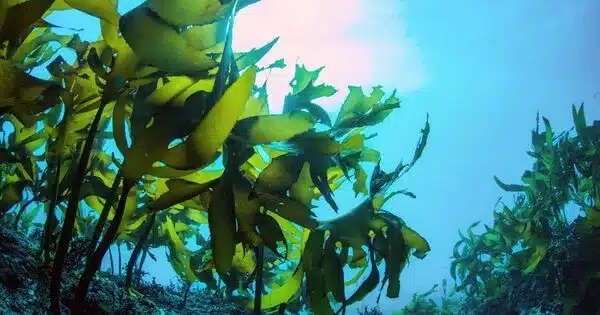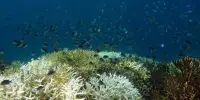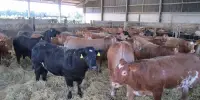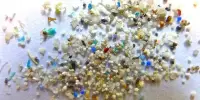Seaweed plays a complex role in reef ecosystems, and its impact on reef health can be misleading to scientists at times. For decades, scientists have used seaweed to assess the health of coral reefs beneath the sea. What if the seaweed was deceiving them?
According to new UBC research, it was, and scientists need new methods to determine whether human activity is harming a specific reef.
“This is especially important today, given that reefs around the world are under threat from climate-driven stressors,” said Dr. Sara Cannon, the study’s lead author and a postdoctoral fellow at the UBC Institute for the Oceans and Fisheries.
Seaweed growth can be an indicator of declining reef health. When reefs are subjected to stressors such as pollution, overfishing, or increased sedimentation, the delicate balance between coral and algae can be disrupted. Coral reefs thrive in clear water with few nutrients, allowing them to outcompete seaweed. When corals are stressed or damaged, however, seaweed can take advantage of the available space and nutrients, causing them to grow. This growth of seaweed is frequently regarded as a sign of reef degradation because it indicates a loss of coral dominance.
This is especially important today, given that reefs around the world are under threat from climate-driven stressors.
Dr. Sara Cannon
Local species behave differently
Seaweed is a type of organism known as a macroalgae. Because it is relatively quick and easy to measure, macroalgae at the ocean’s surface has long served as a proxy for reef health. Scientists have assumed since the 1970s that local human impacts increase macroalgae while harming underlying reefs.
Seaweed can also grow quickly and form algal blooms, which are harmful to coral reefs. Algal blooms occur when nutrient levels in the water rise, typically as a result of pollution caused by human activities such as agriculture or coastal development. These blooms can prevent sunlight from reaching corals, preventing photosynthetic activity and causing coral bleaching. The presence of algal blooms can mislead scientists into thinking that the reef is healthy, as the vibrant and seemingly thriving seaweed can mask the underlying stress and decline of coral populations.
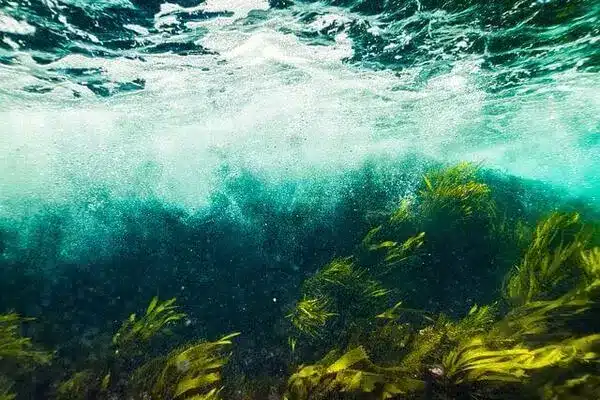
However, a new study published in Global Change Biology examined data from over 1,200 sites in the Indian and Pacific Oceans over a 16-year period and discovered that this approach is deceptive and may even conceal signs of reef stress.
For example, macroalgae coverage is heavily dependent on the species that grow in a given area. Sargassum is less likely to grow in agricultural runoff-contaminated water, but Halimeda will thrive. A reef will suffer in both cases.
Natural ecological shifts in seaweed can give the appearance of a decline in reef health. Some reefs transition naturally from being dominated by corals to being dominated by seaweed. Changes in ocean currents, temperature, or nutrient availability can all cause this shift. When scientists observe a reef transitioning from coral to seaweed dominance, it may be misinterpreted as a sign of reef degradation. However, it is critical to consider the larger ecological context and determine whether the shift is part of a natural cycle or is the result of human-caused stressors.
The global research team came to the conclusion that using macroalgae coverage as an indicator of local human impacts can actually obscure how much our actions are harming reefs and cause scientists to misidentify the reefs that require intervention.
